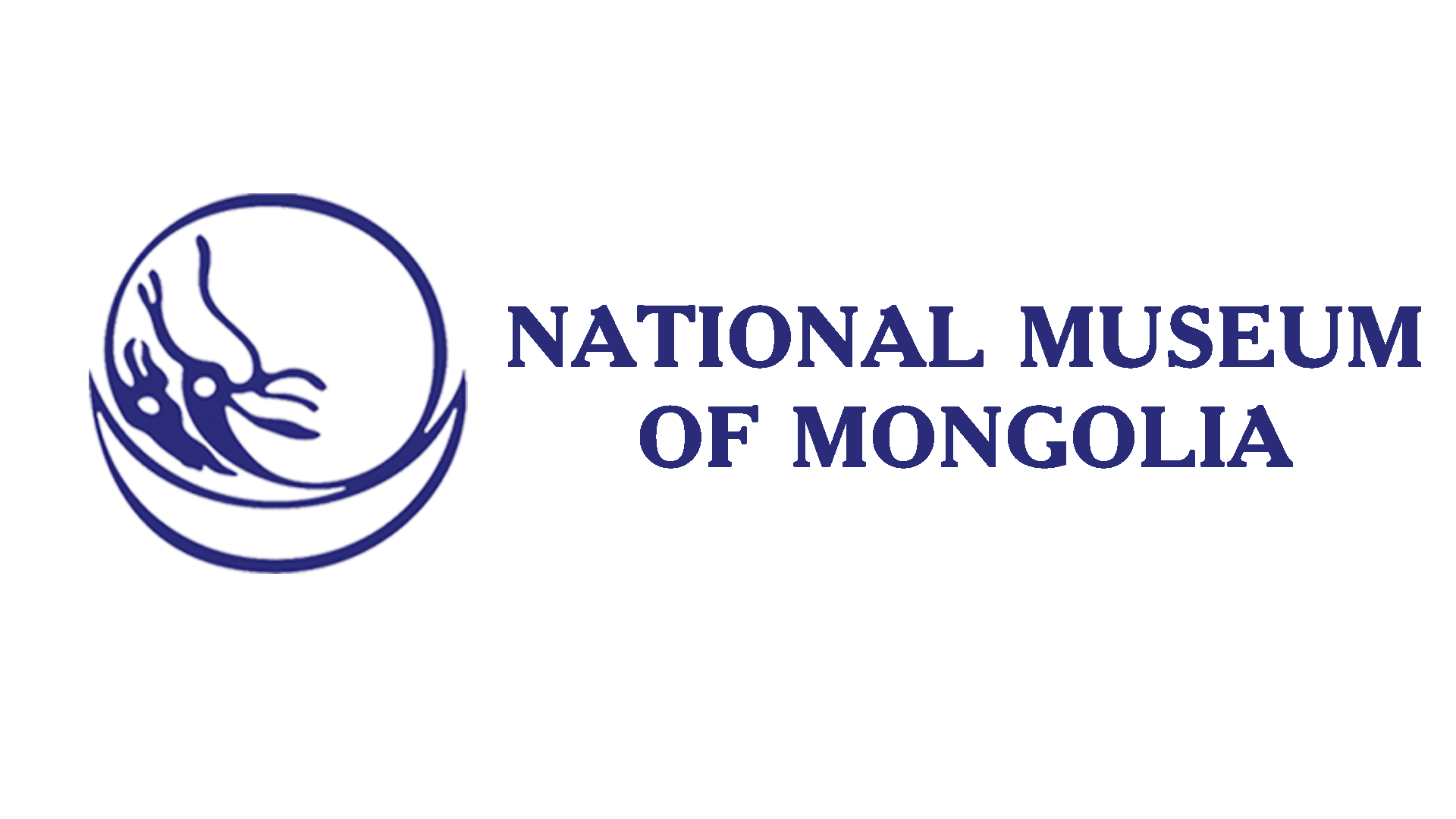ABOUT
National Museum of Mongolia
introduction
The National Museum of Mongolia is a leading museum dedicated to preserving Mongolian history and traditional life, attracting more than fifty thousand visitors annually. As such we serve an educational and cultural role, providing the public with opportunities to experience first-hand how Mongolians lived in historical times.
The NMM was established in 1924 and has remained dedicated to historical investigation and research as well as the collection, preservation and exhibition of artifacts related to Mongolian culture.
History of the museum
The first ever museum in Mongolia was called the Central Museum of Mongolia which was established in 1924 and became the basis for other museums, including the present National Museum of Mongolia.
In the early 1920-s as stated in the first regulation of the newly established Mongolian Academic Institution began to collect different types of interesting objects to present to the public. For this deed, to collect historically, ethnographically, and intellectually important objects relating to the country's past to share with future generations, dedicated great efforts. Mongolian famous scholars O.Jamyan the first director of Mongolian Academic Institution, Ya.Tsevel and N.Dendev etc. Also foreign scholars such as P.K.Kozlov, V.I.Lisovskii, A.D.Simukov, and the American researcher R.C. Andrews contributed in the collection and display of the first museum in Mongolia.
The National Museum of Mongolia was established after the merge of historical, archeological and ethnographical departments of the State Central Museum and the Museum of the Revolution in 1991. It is now located in the facility built for the Museum of the Revolution, which was founded in 1971. The National Museum of Mongolia is currently recognized as one of the leading museums in Mongolia. A significant responsibility for preserving Mongolian cultural heritage therefore lies with the Museum. The National Museum of Mongolia is a cultural, scientific, and educational organization, which is responsible for the collection, care and interpretation of the objects.
The Museum is supported through admission fees and government funding from the Ministry of Education, Culture and Science. In the last ten years our museum has organized individual and joint exhibitions abroad in Germany, Japan, USA, Korea, Norway, Italy, India, Holland, France, and Taiwan. In 2002-2003 joint international exhibition “Modern Mongolia: Reclaiming Chinggis Khan” successfully organized in the United States with collaboration the Archaeology and Anthropology Museum of University of Pennsylvania. Our museum is currently implementing a 20-year archaeological project called “Mon- Sol” with National Museum of Korea. Mainly a frame of archeological project which has conducted research on Stone Age, Bronze Age and Hunnu archaeological sites in Mongolia. As the result of researchers of published research reports, organized several international symposium and exhibitions.




